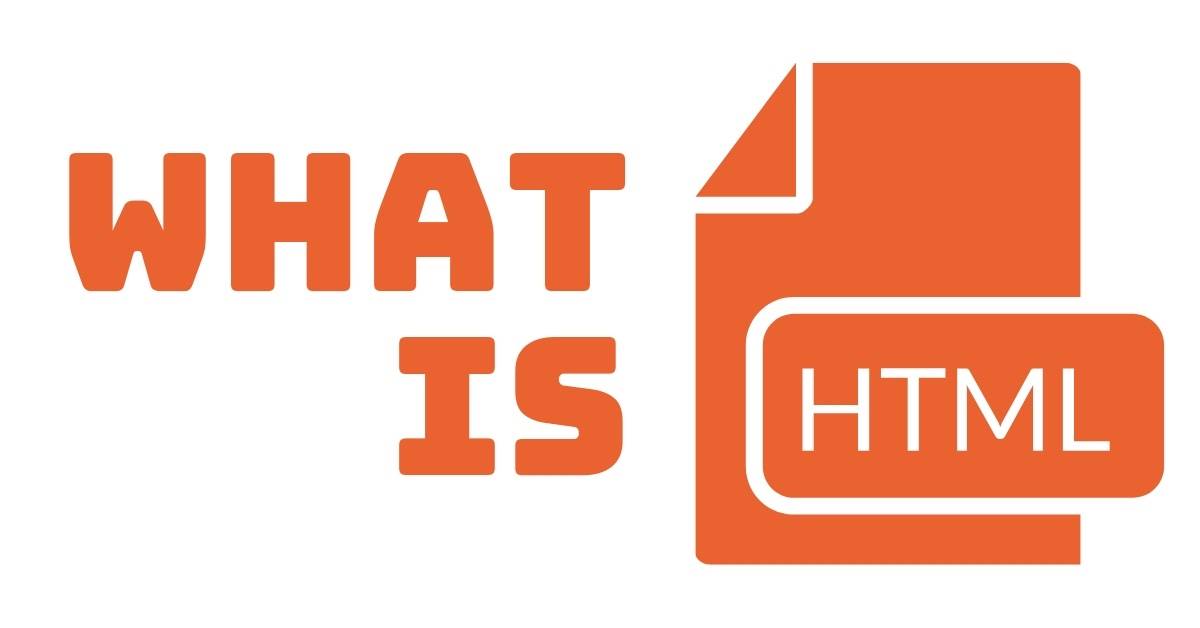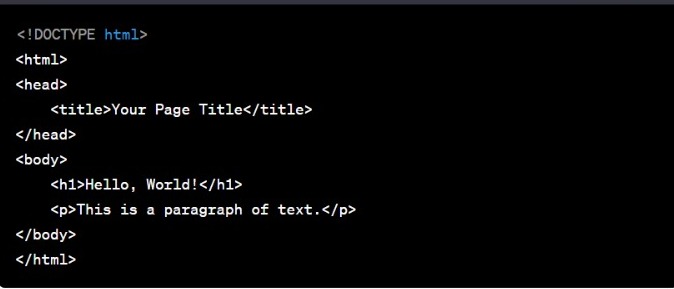HTML Introduction

HTML (Hypertext Markup Language). HTML is the fundamental building
block that structures content on the World Wide Web. Whether
you're a seasoned developer or a curious beginner, understanding
HTML is essential for creating stunning and functional websites.
In this blog, we'll delve into the world of HTML, exploring its
history, syntax, and its pivotal role in modern web development.
